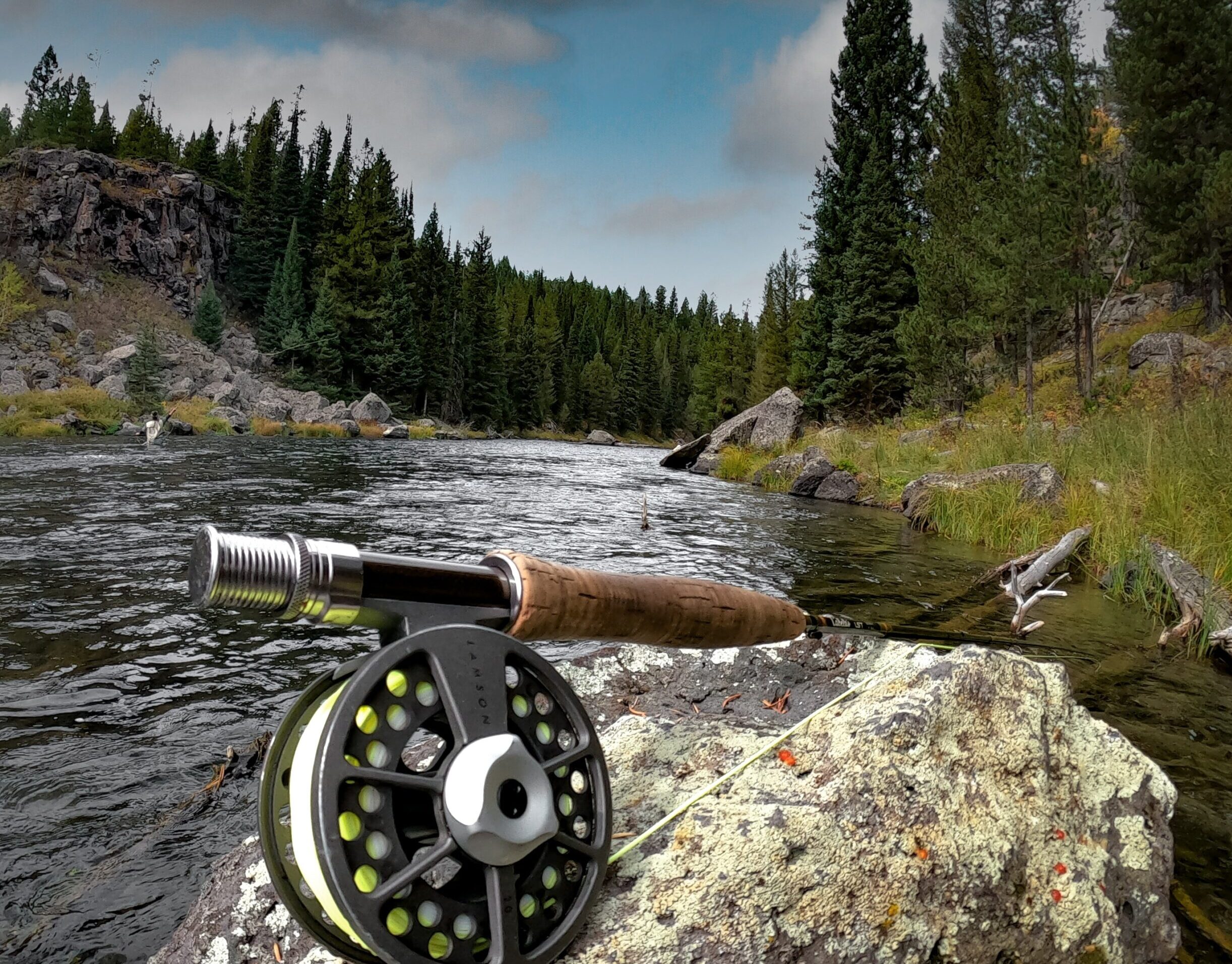Are you ready to tackle the challenge of landing a monster whiskered fish? Look no further than the world of catfishing! These bottom-dwelling creatures are known for their size, strength, and elusive nature. But fear not, with the right tips and tricks, you can become a catfishing pro in no time. In this article, we’ll cover everything from what exactly a catfish is to the best bait to use when trying to secure your catch. So grab your fishing gear and let’s dive into Catfish 101!
What is a Catfish?
Catfish are a type of freshwater fish found in rivers, lakes, and ponds all over the world. They’re known for their distinctive whiskers or barbels that protrude from their mouths. These barbels help them navigate muddy waters and locate prey.
There are many different species of catfish, each with its own unique characteristics. Some of the most well-known species include the channel catfish, blue catfish, and flathead catfish.
Channel catfish are typically smaller than other types of catfish but still put up a good fight when caught. Blue catfish can grow to be quite large – some have been known to reach over 100 pounds! Flathead catfish are also big game fish and tend to be more active at night.
Despite their size and strength, catching a monster whiskered fish like a giant flathead is not impossible with the right technique and strategy. In the next sections, we’ll cover everything you need to know about how to catch these elusive creatures.
The Different Types of Catfish
Catfish come in many different species, each with its unique characteristics and behavior. Some catfish are freshwater fish, while others can be found in saltwater habitats. Here are some of the most common types of catfish that you might encounter:
1) Channel Catfish: This is one of the most popular varieties among anglers due to their large size and aggressive nature.
2) Blue Catfish: These catfish are larger than channel cats and known for their blue-grey coloration.
3) Flathead Catfish: Unlike other species, flatheads prefer live bait and can grow up to 100 pounds.
4) Bullhead Catfish: These smaller-sized catfish have a distinctive square-shaped head and barbels around their mouths.
5) White Catfish: Often mistaken for channel cats, white catfish have smooth skin without scales or spots.
Different species require different techniques when it comes to catching them. Understanding the habits, preferred environments, and feeding behaviors of each type will help increase your chances of success on your next fishing trip.

The Best Bait for Catfish
When it comes to catfishing, choosing the right bait is essential. Catfish are known for their sharp sense of smell and taste, so using a bait that emits a strong scent can increase your chances of landing a monster whiskered fish.
One popular choice among catfish anglers is chicken liver. It’s cheap, readily available at most grocery stores, and produces a strong odor that catfish cannot resist. Simply cut the liver into bite-sized pieces and thread it onto your hook.
Another effective bait option is stinkbait. As the name suggests, this type of bait has an extremely pungent odor that attracts catfish from afar. Stinkbait can be purchased pre-made or made at home by mixing ingredients such as cheese, garlic powder, and canned tuna.
Dough balls are also commonly used for catching catfish. These consist of flour mixed with water or other liquids like cornmeal or oatmeal to form a soft doughy consistency. Add in some smelly additives like garlic powder or anise oil for added attraction.
Live baits such as worms and minnows are also great options when targeting certain species of catfish like channel cats or bullheads.
In conclusion (just kidding!), experimenting with different baits will help you discover what works best in your local fishing spots to land those monster whiskered fish!
Tips and Tricks for Catching Catfish
When it comes to catching catfish, there are a few tips and tricks that can make all the difference. First of all, it’s important to know where to find them. Catfish tend to hang out near the bottom of rivers, lakes or ponds, so you’ll want to make sure your bait is close enough for them to smell it.
One tried-and-true method for attracting catfish is using stinky baits like chicken liver or shrimp. You can also use live bait such as worms or minnows if you prefer. When setting up your rig, be sure not to use too much weight as this can scare off catfish.

Another important tip is patience – catfishing requires a lot of waiting around with little action sometimes. Be prepared for this by bringing snacks and drinks along with you!
It’s also essential that you have the right equipment when fishing for these whiskered fish. A strong rod and reel combo paired with heavy line will help ensure that when you do get a bite, you’re able to reel in your prize catch without losing it.
Don’t forget about fishing at night! Catfish are nocturnal creatures which means they are more active during nighttime hours than during the day. So grab your best headlamp and try your luck after dark!
How to Clean and Cook Catfish
And there you have it, all the tips and tricks for landing monster whiskered catfish! But what do you do with your catch once you’ve got it? Cleaning and cooking catfish can seem daunting, but it’s actually quite simple.
First, make sure to remove all of the scales. You can use a knife or scaler to gently scrape them off. Then, remove the head by cutting just behind the gills and dispose of any entrails. Next, wash the fish thoroughly in cold water.
When it comes to cooking catfish, there are endless possibilities. One popular method is frying – simply dip your fillets in seasoned cornmeal and fry until golden brown. For a healthier option, try grilling or baking your catfish with a mix of herbs and spices.
Whether you’re an experienced angler or just starting out, these tips will help ensure that you reel in some impressive catches on your next fishing trip. Happy fishing!


